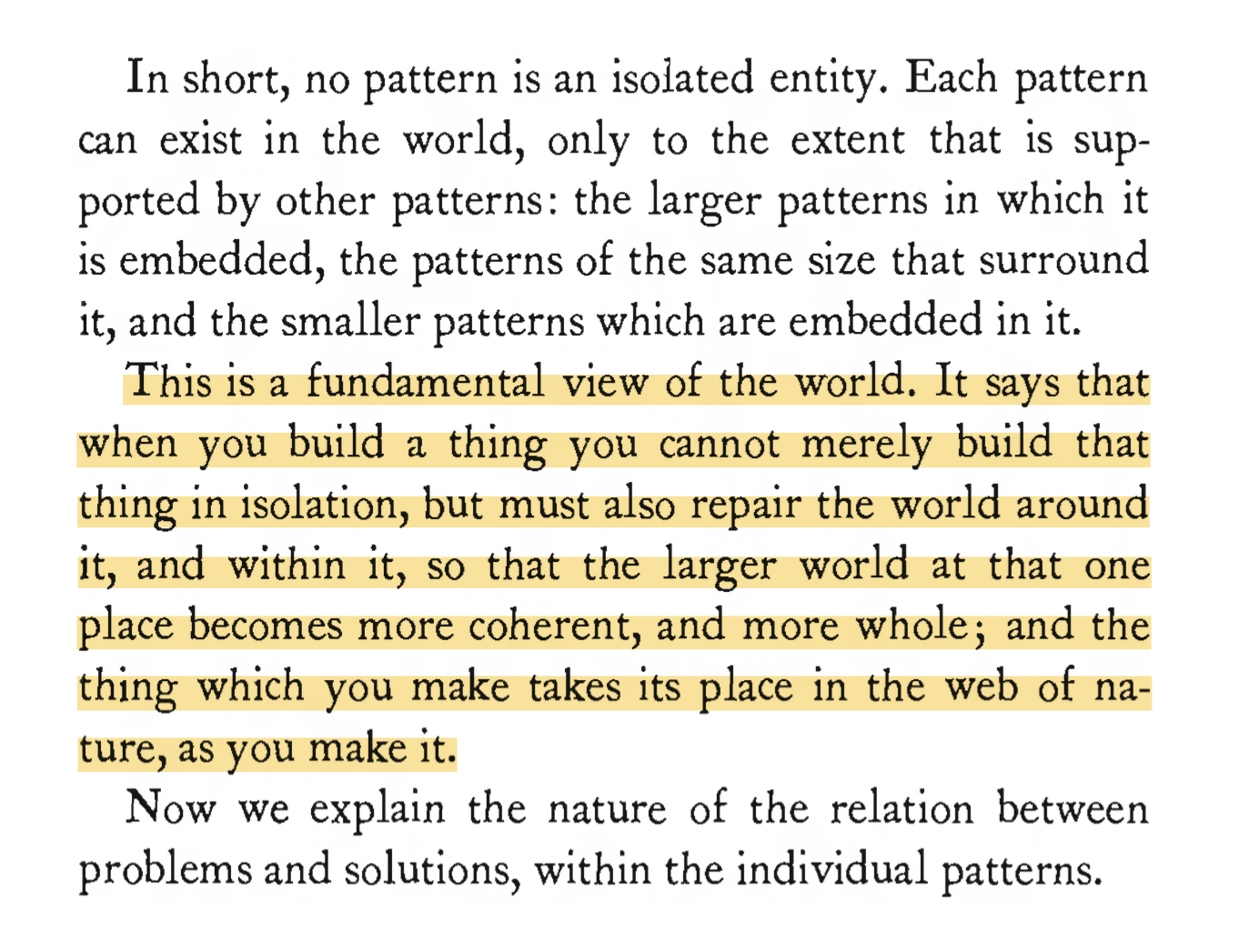I’m so excited to be joining the incredible team at Adept. The clear focus on building tools to augment human capability was what first excited me, and then spending time with the team and understanding the roadmap was what convinced me that I wanted to be part of it.
From their launch blog post:
In practice, we’re building a general system that helps people get things done in front of their computer: a universal collaborator for every knowledge worker. Think of it as an overlay within your computer that works hand-in-hand with you, using the same tools that you do. We all have parts of our job that energize us more than others – with Adept, you’ll be able to focus on the work you most enjoy and ask our model to take on other tasks.


